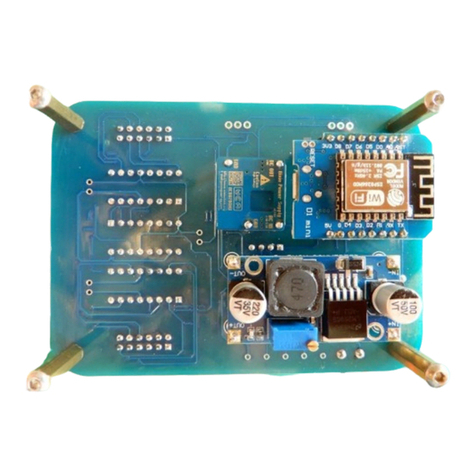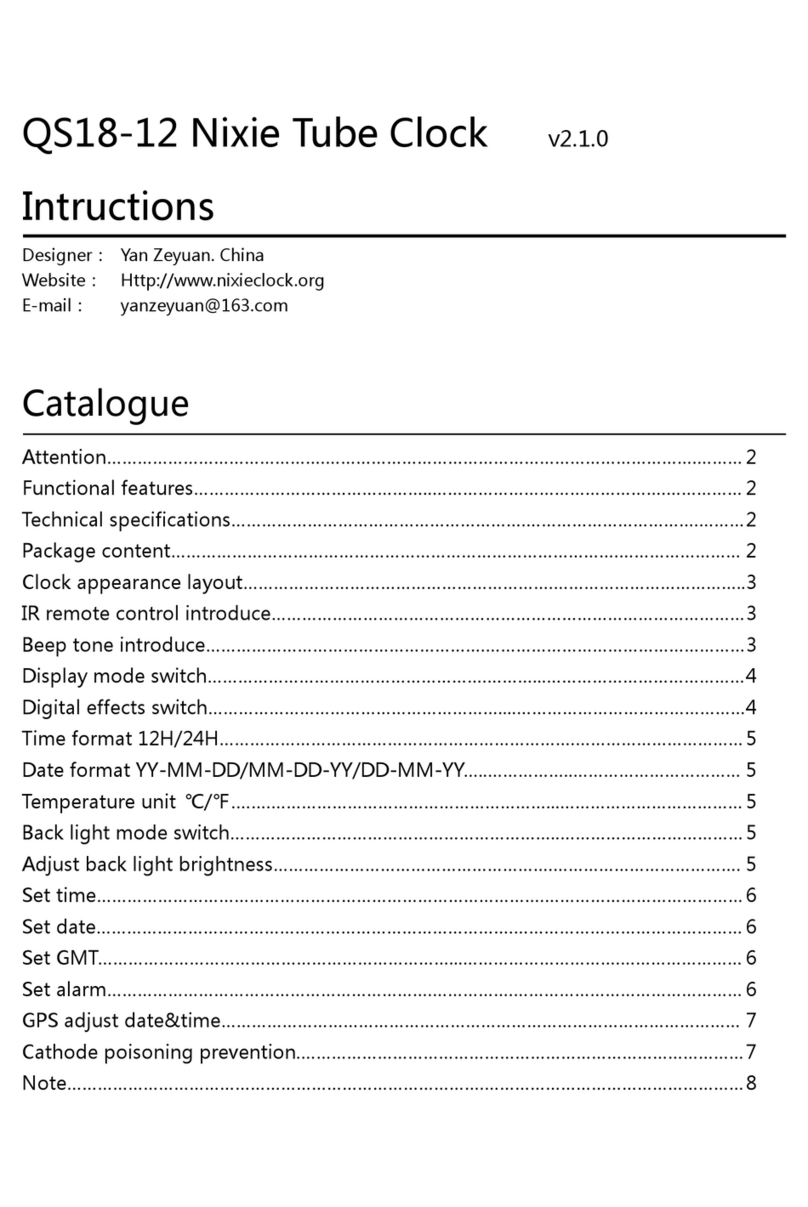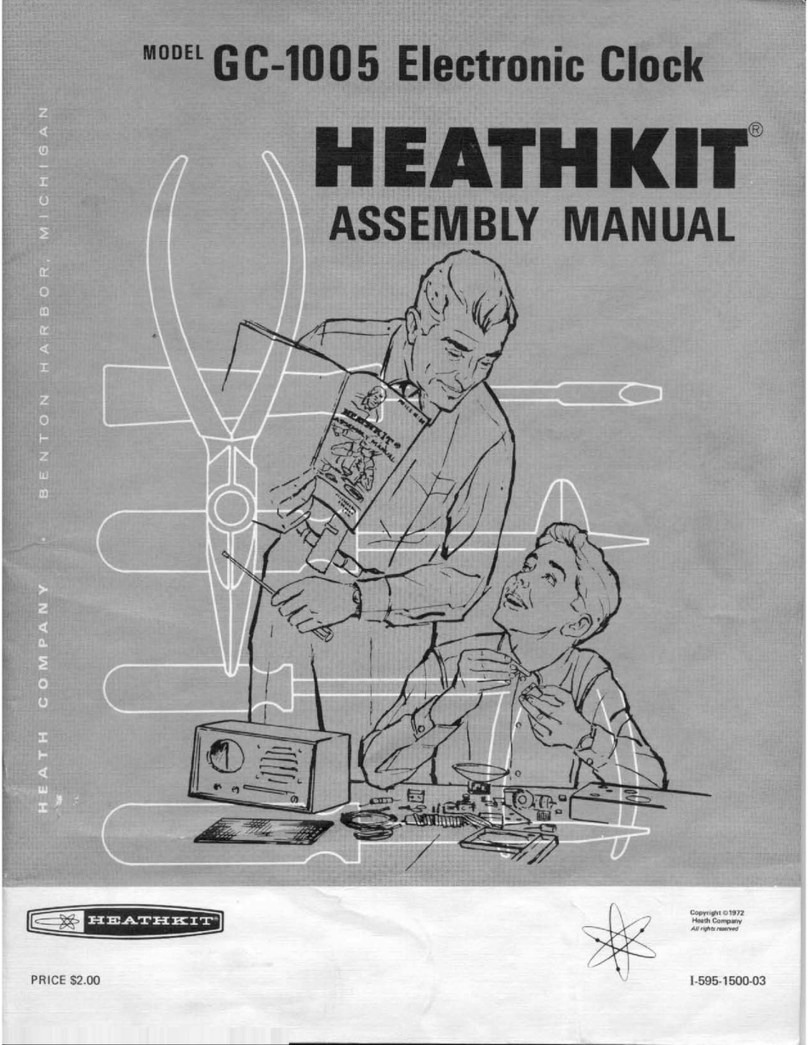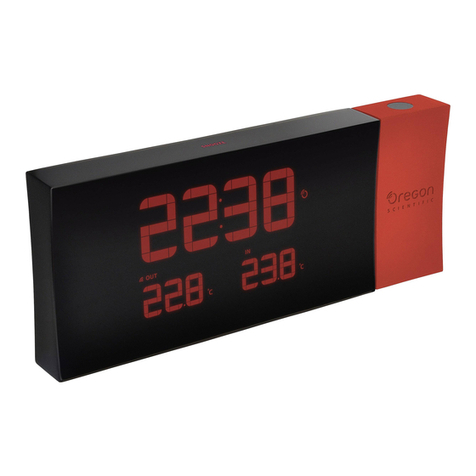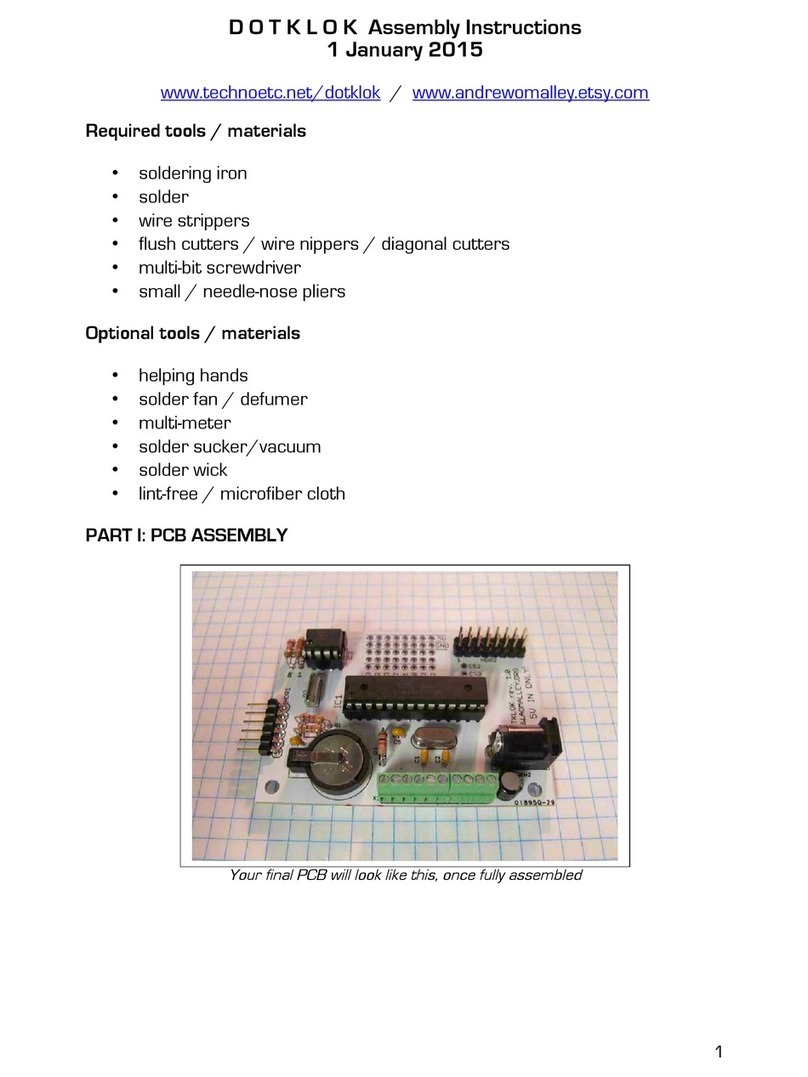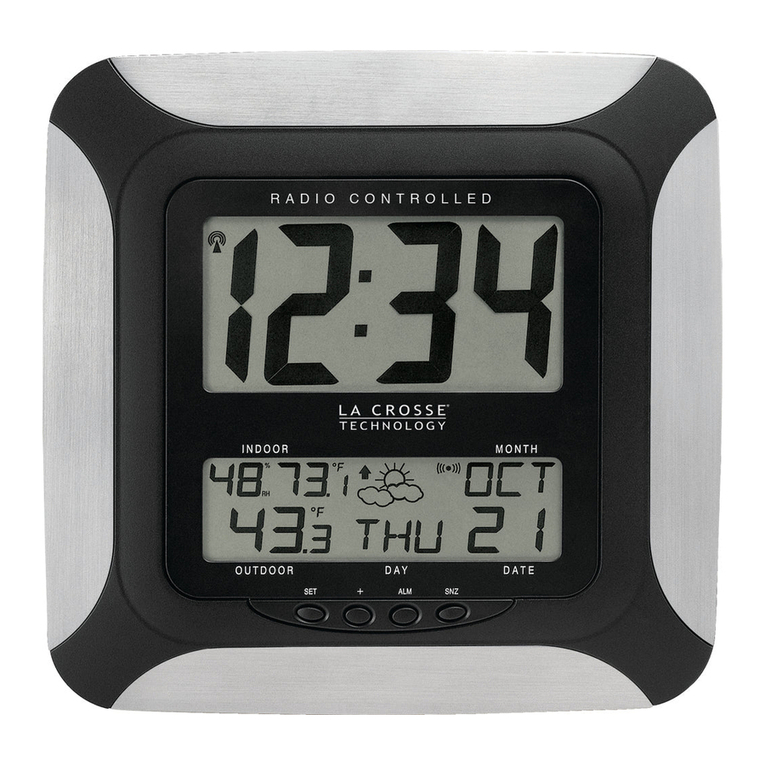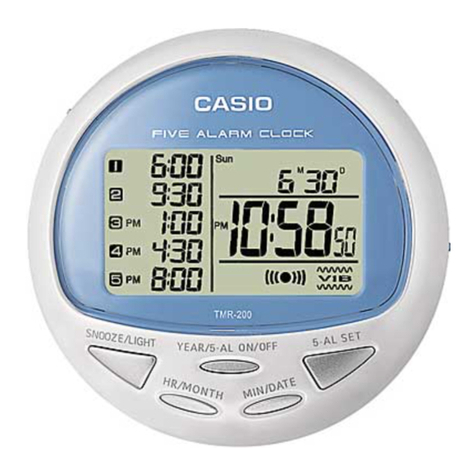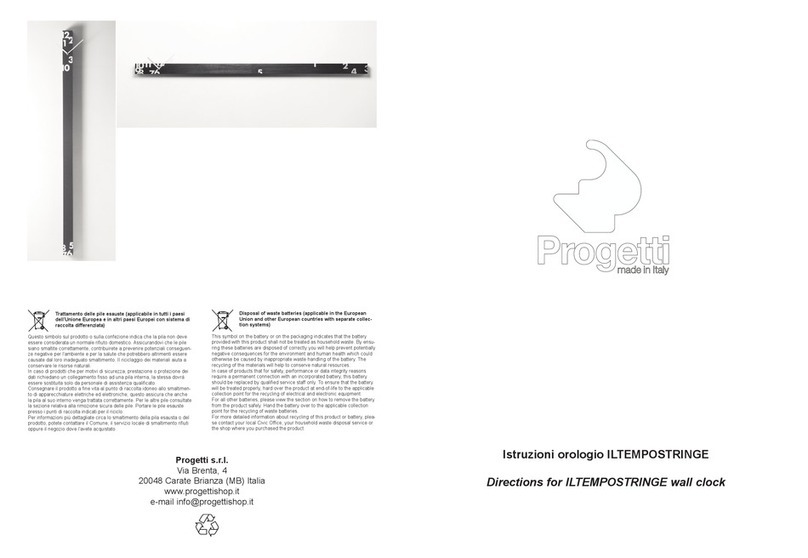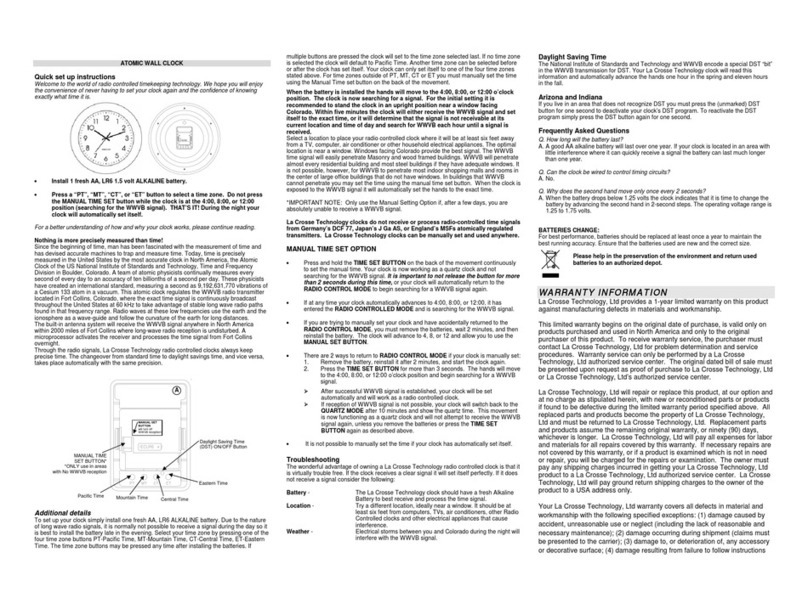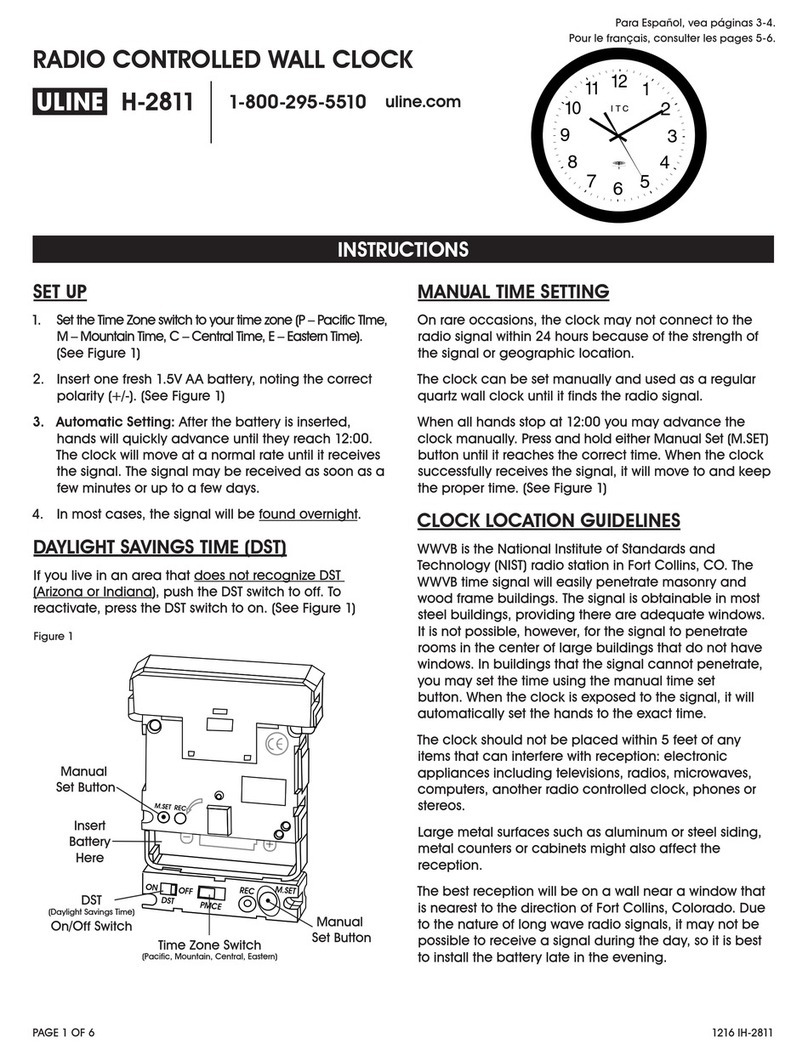Nixie Clock Frank 3 Configuration guide
Other Nixie Clock Clock manuals
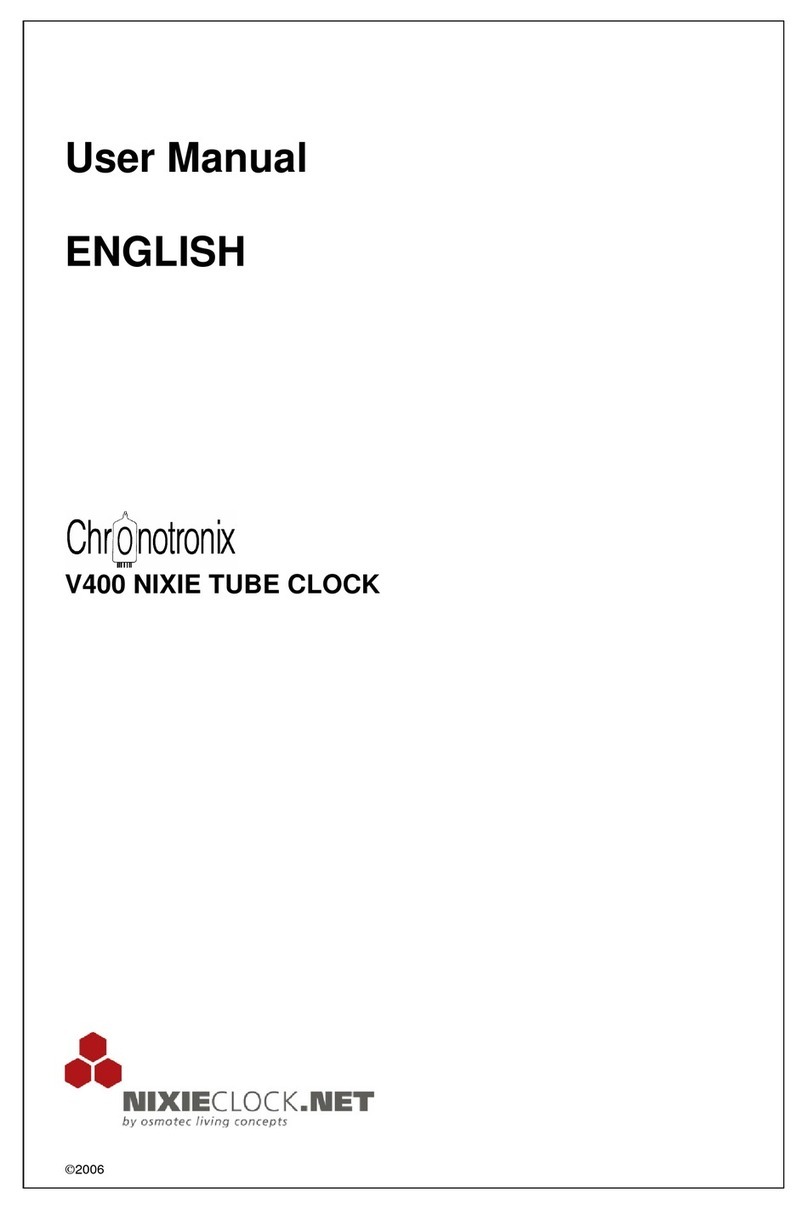
Nixie Clock
Nixie Clock CHRONOTRONIX V400 User manual
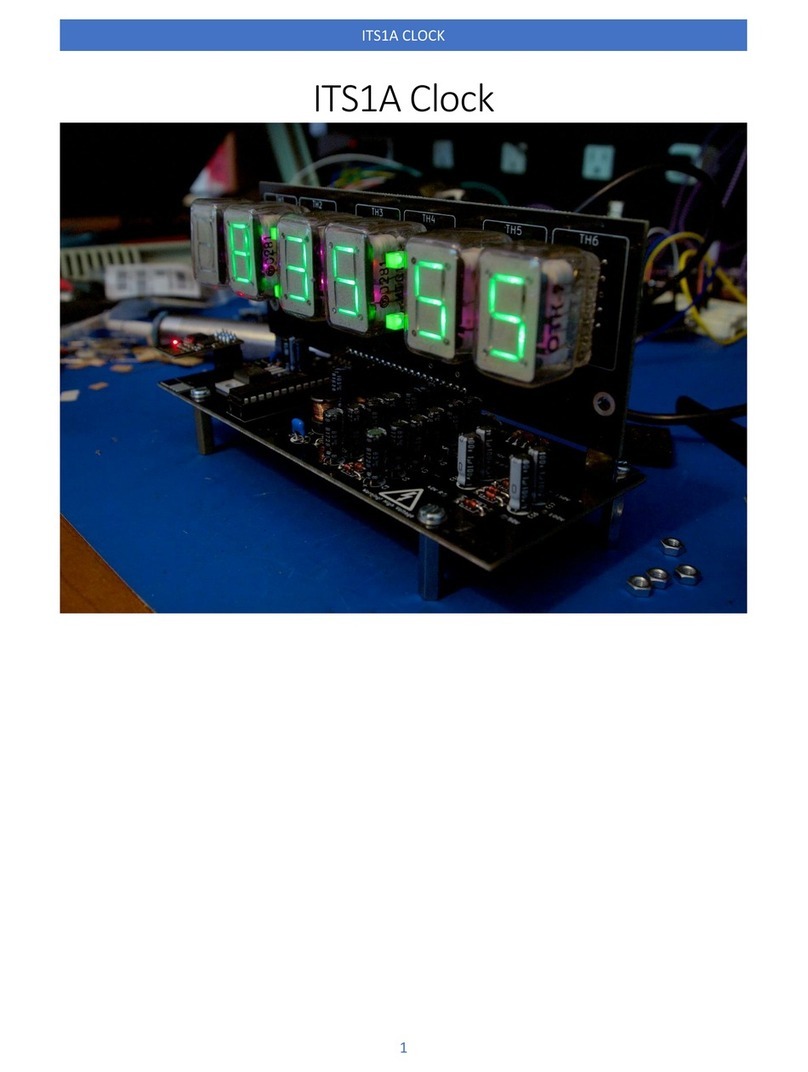
Nixie Clock
Nixie Clock ITS1A User manual
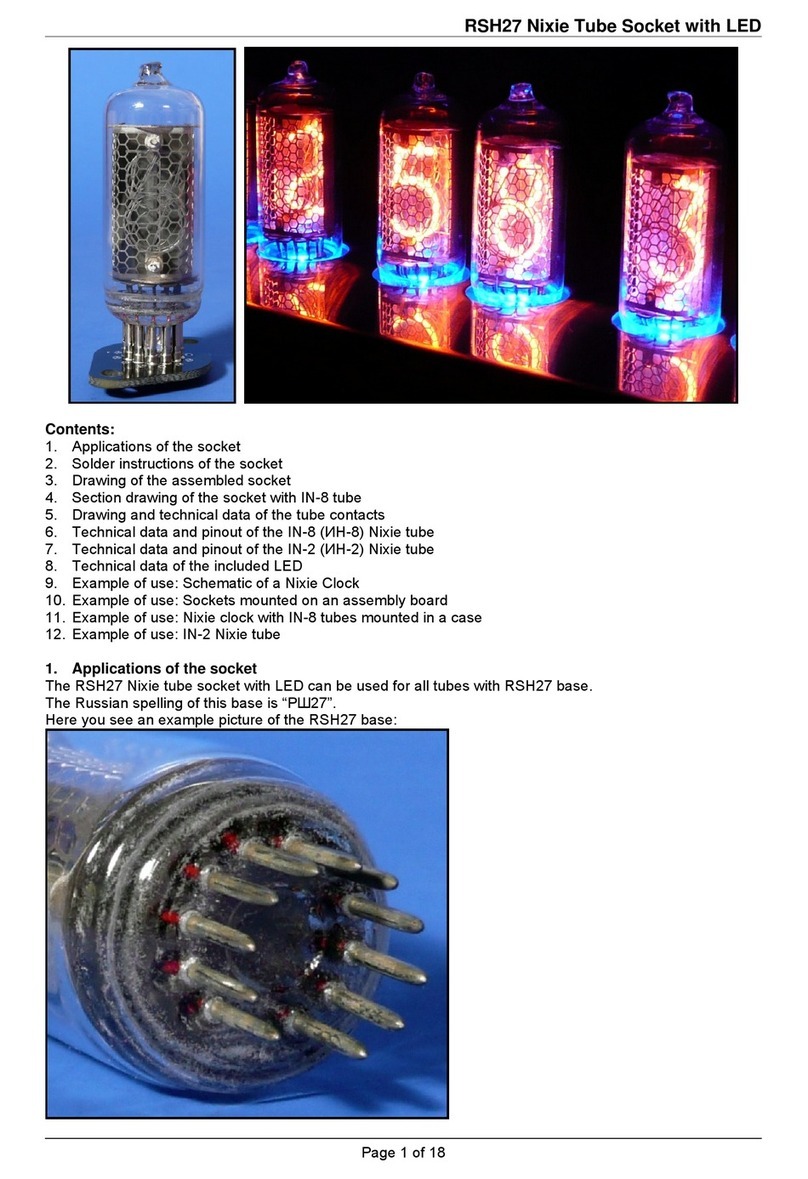
Nixie Clock
Nixie Clock RSH27 User manual
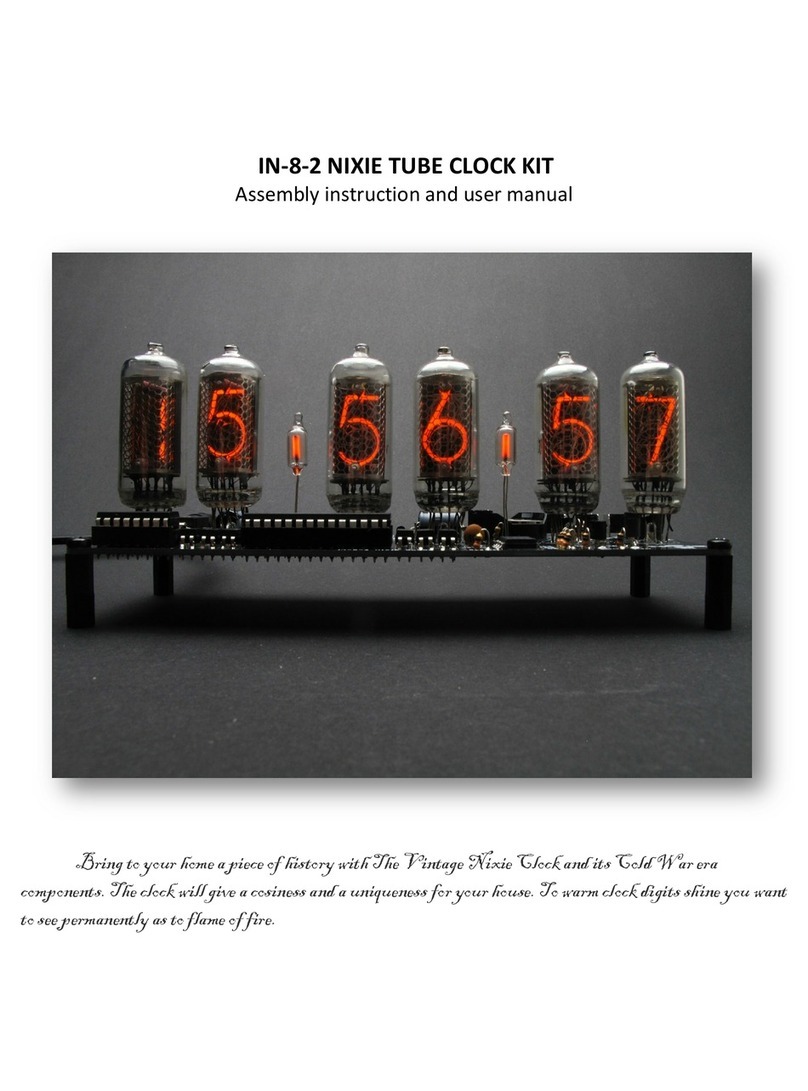
Nixie Clock
Nixie Clock IN-8-2 Installation instructions
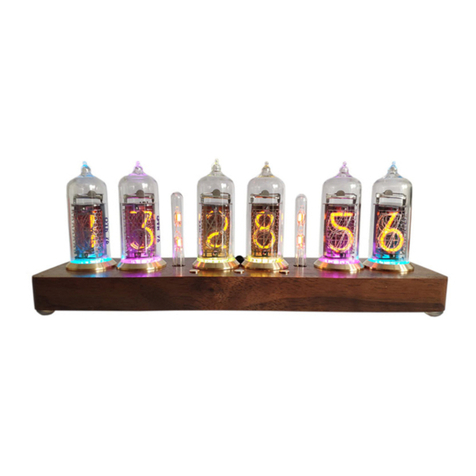
Nixie Clock
Nixie Clock IN-14 All-In-One User manual
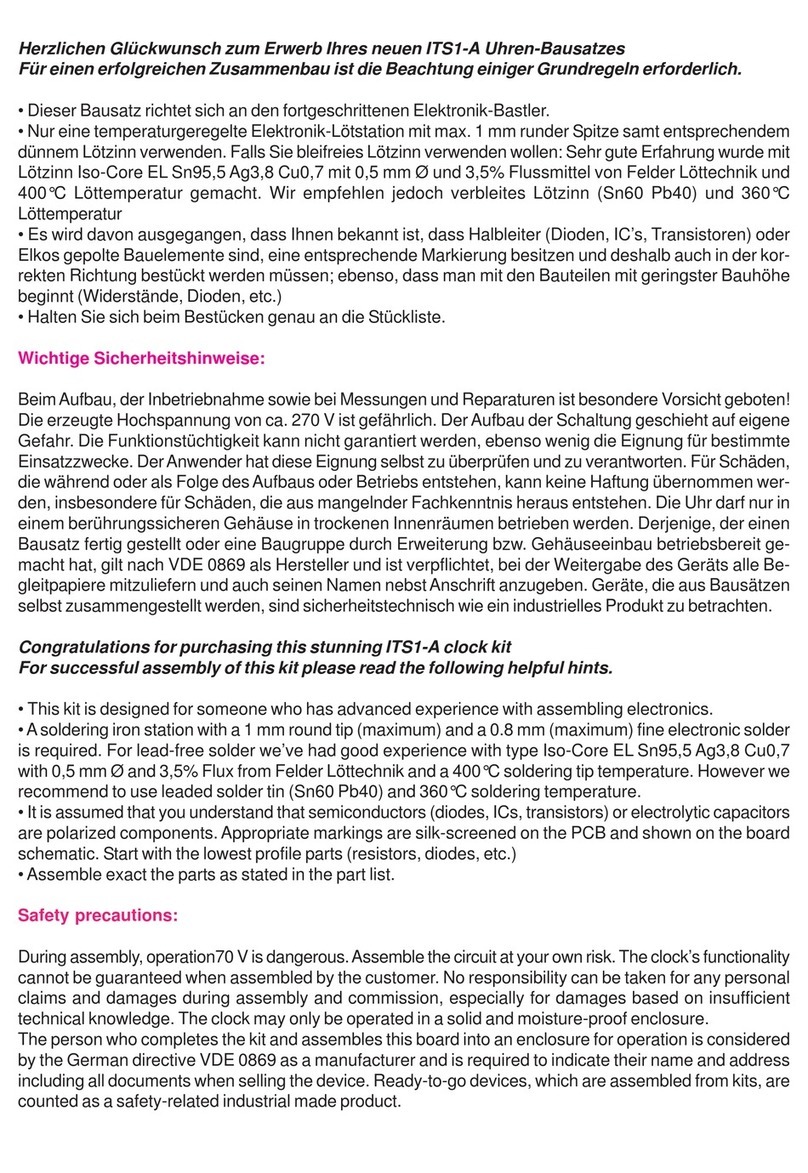
Nixie Clock
Nixie Clock Thyratron ITS1-A/B User manual
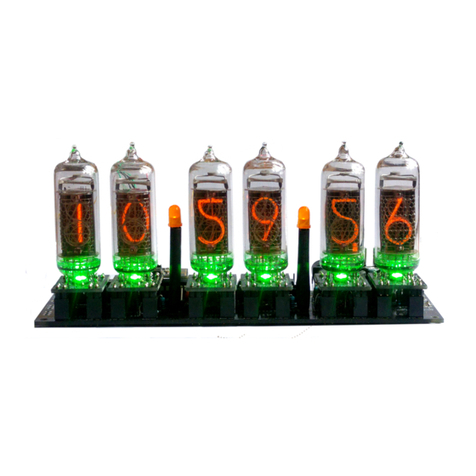
Nixie Clock
Nixie Clock IN-14 All-In-One Instructions for use
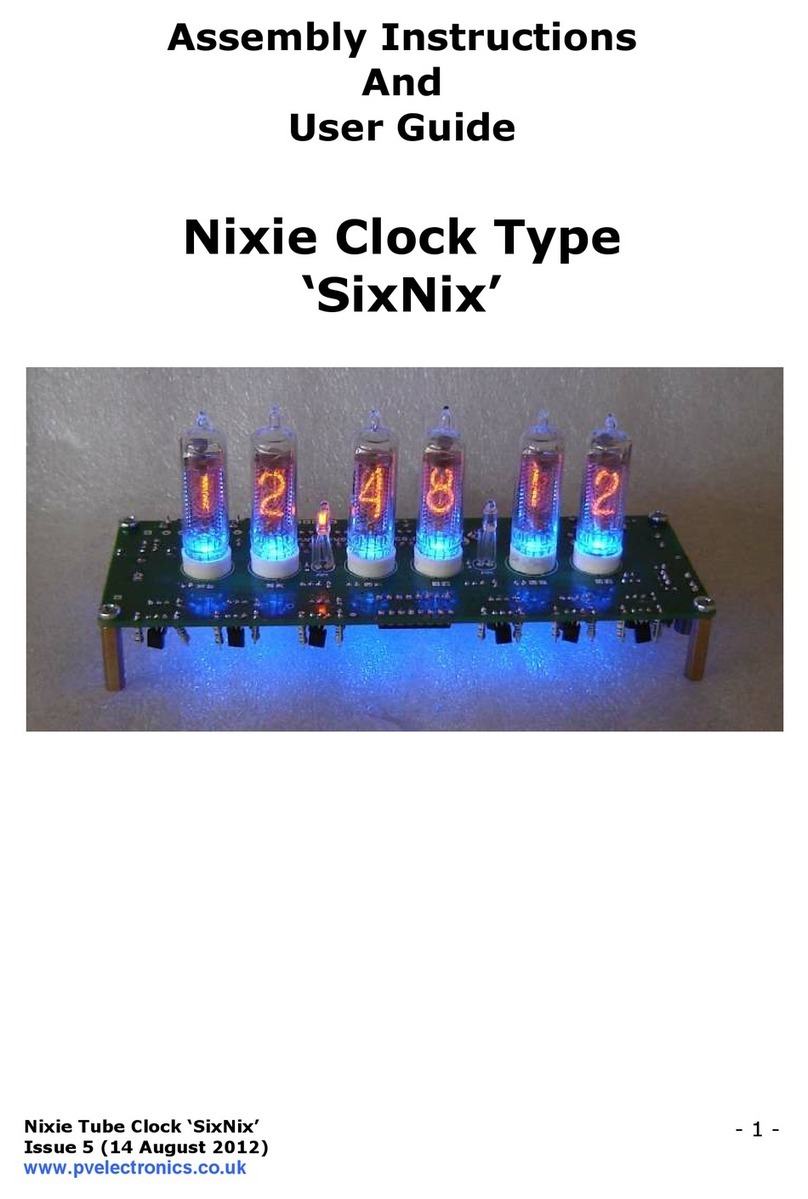
Nixie Clock
Nixie Clock SixNix Configuration guide
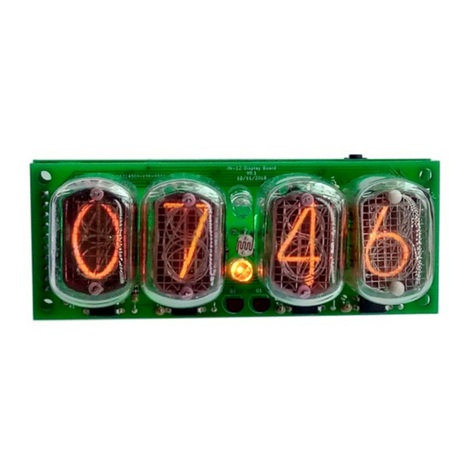
Nixie Clock
Nixie Clock Wemos Series User manual
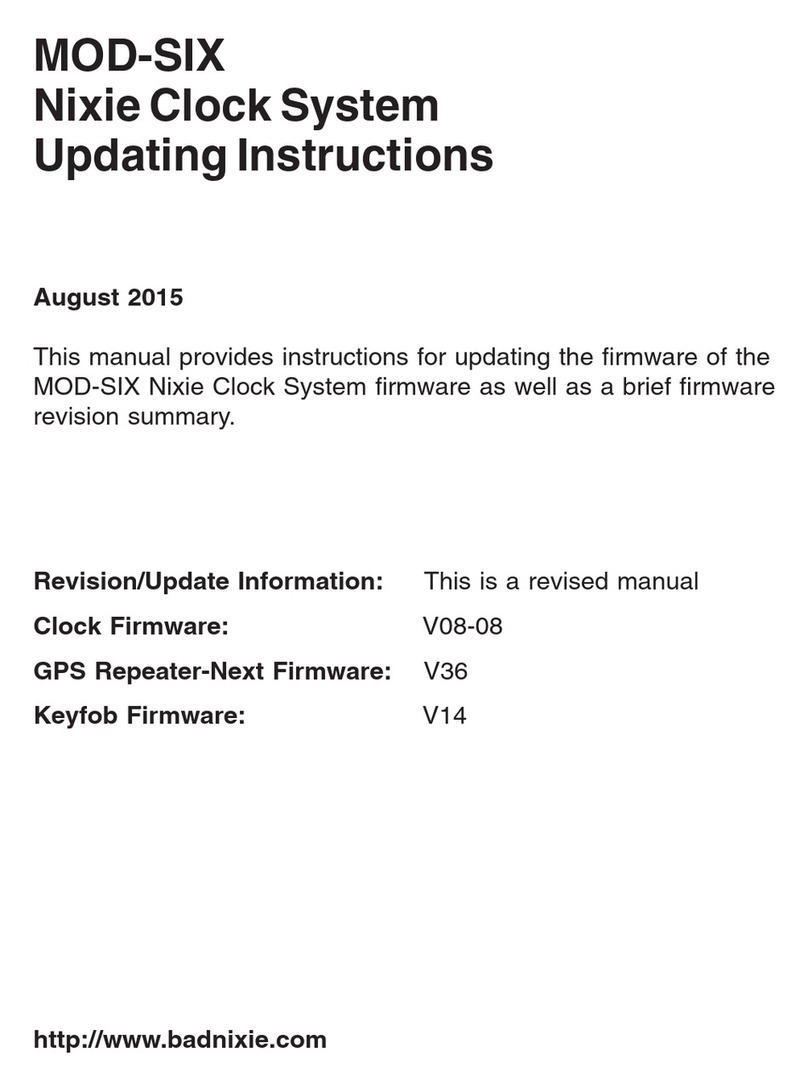
Nixie Clock
Nixie Clock MOD-SIX Use and care manual
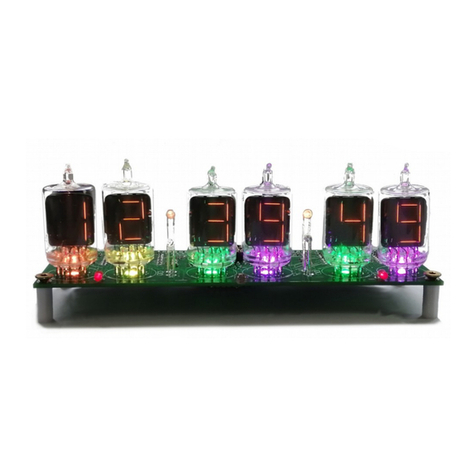
Nixie Clock
Nixie Clock DA-2000 User manual

Nixie Clock
Nixie Clock IN-14 All-In-One Specification sheet

Nixie Clock
Nixie Clock IN-18 Blue Dream User manual

Nixie Clock
Nixie Clock IV-22 User manual
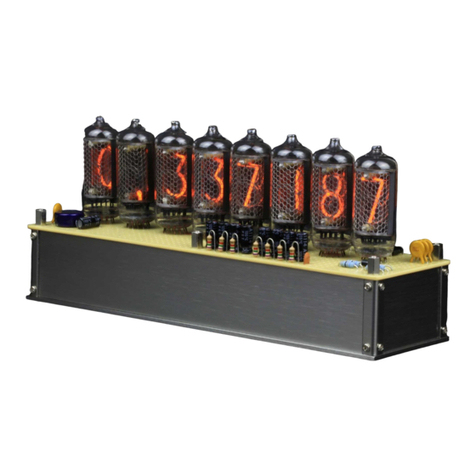
Nixie Clock
Nixie Clock Divergence Meter User manual
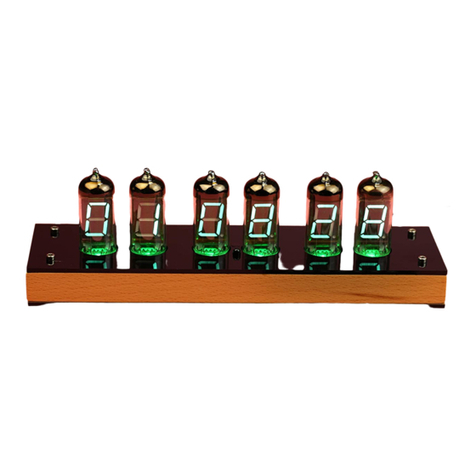
Nixie Clock
Nixie Clock IV-11 User manual
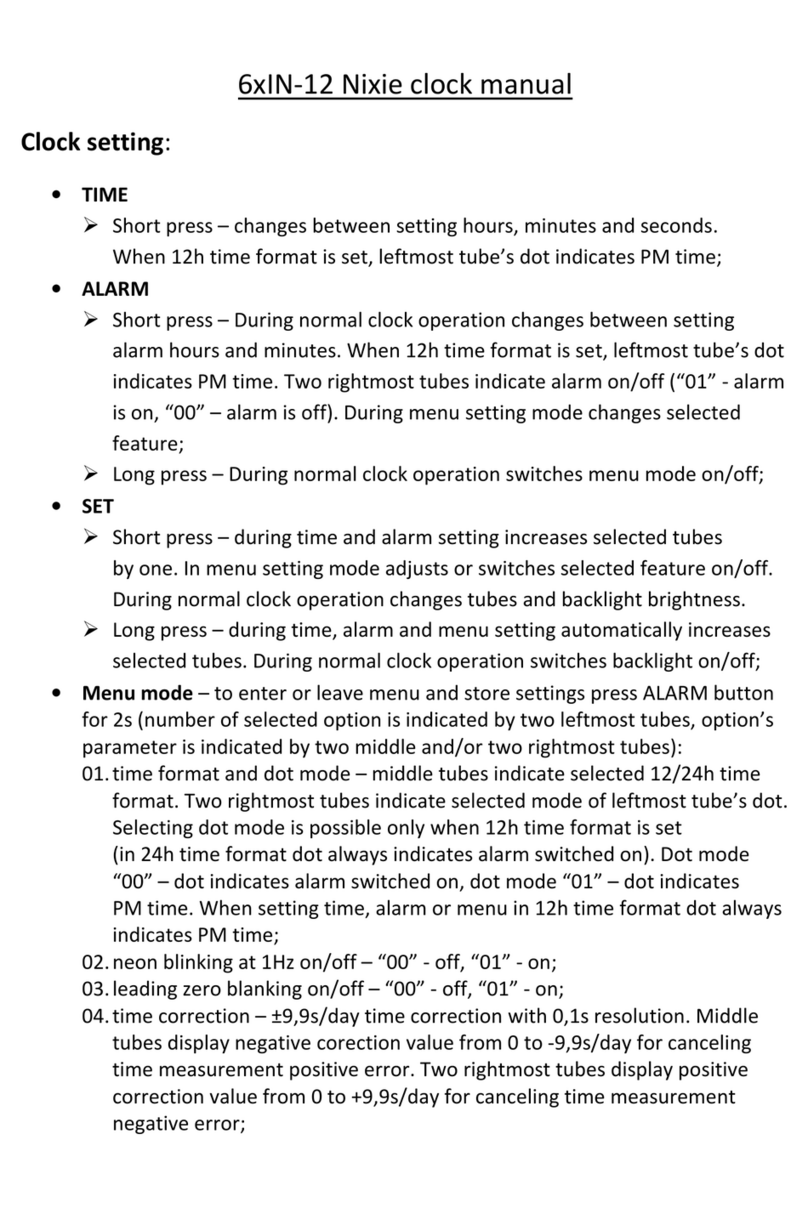
Nixie Clock
Nixie Clock 6xIN-12 User manual

Nixie Clock
Nixie Clock IN-14 All-In-One User manual
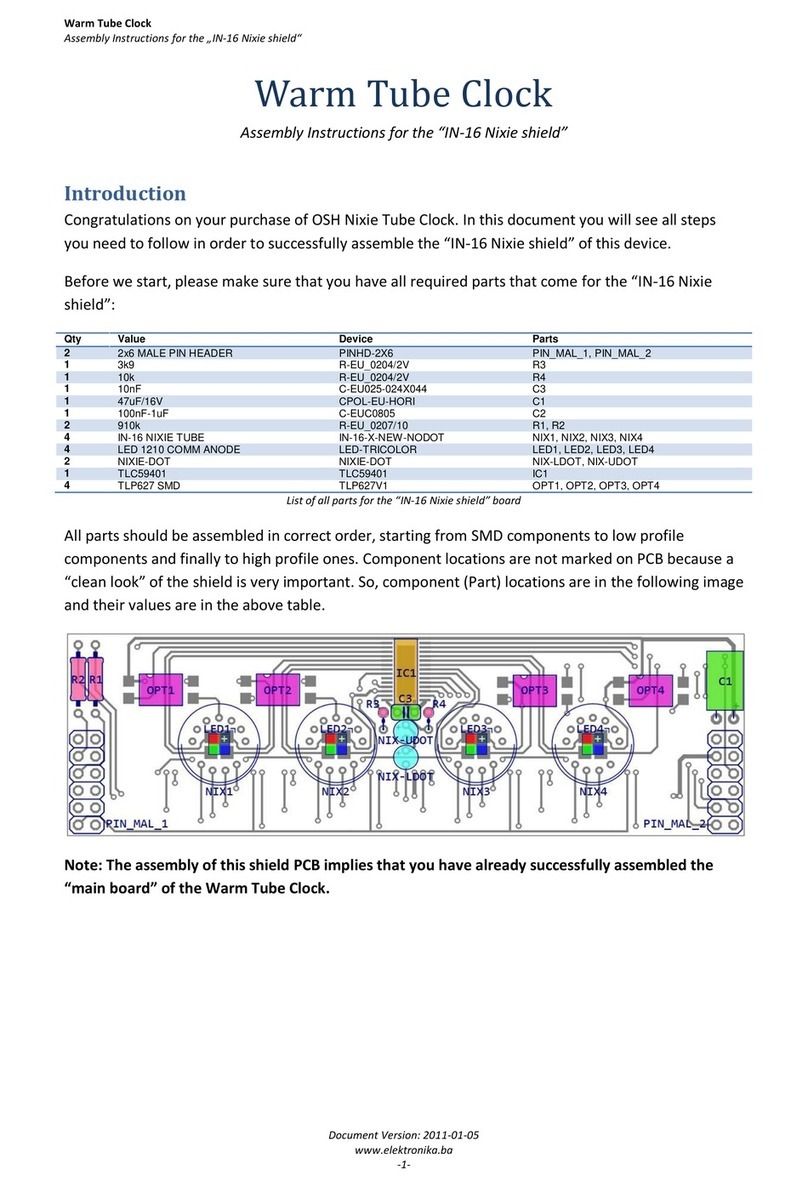
Nixie Clock
Nixie Clock IN-16 User manual
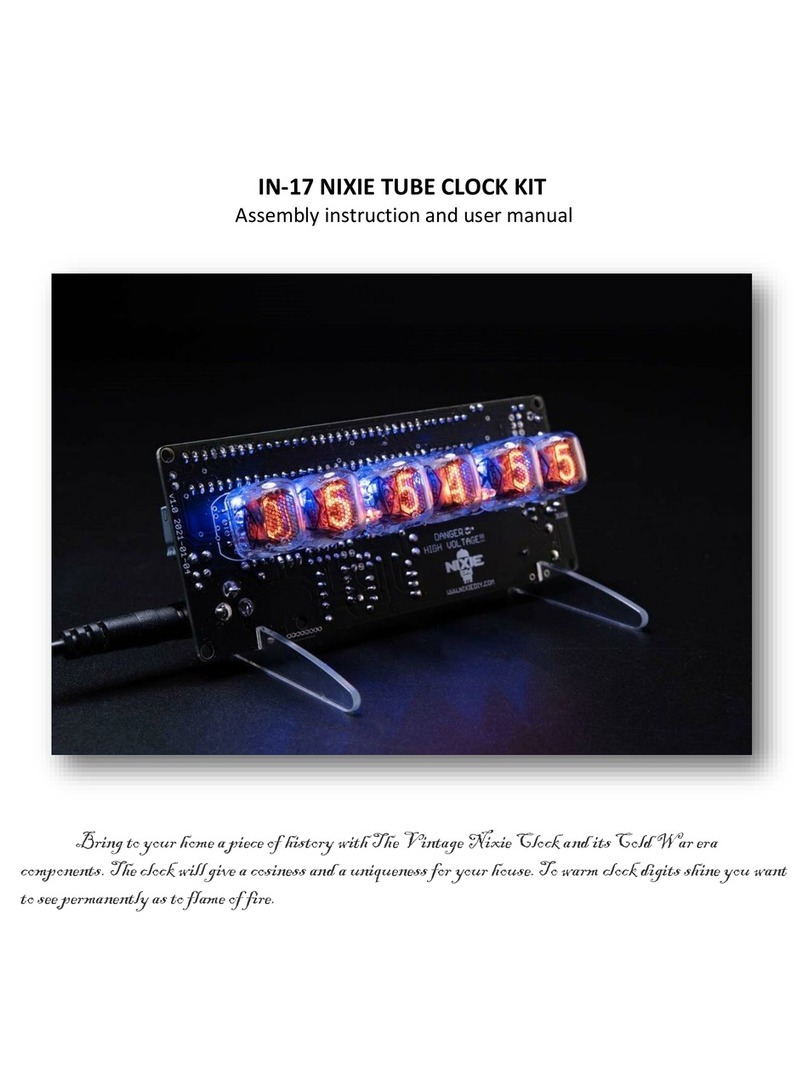
Nixie Clock
Nixie Clock IN-17 Installation instructions
Popular Clock manuals by other brands
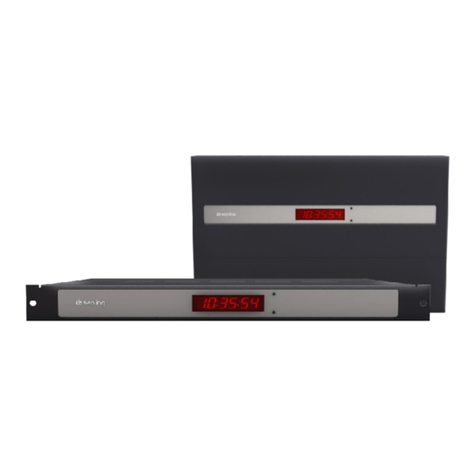
Sapling
Sapling NTP 7000 Series installation manual
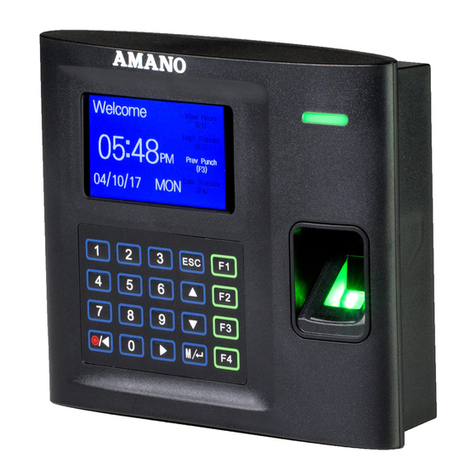
Amano
Amano MTX-30F Installation & operation guide

La Crosse Technology
La Crosse Technology BBB86118v3 Setup guide
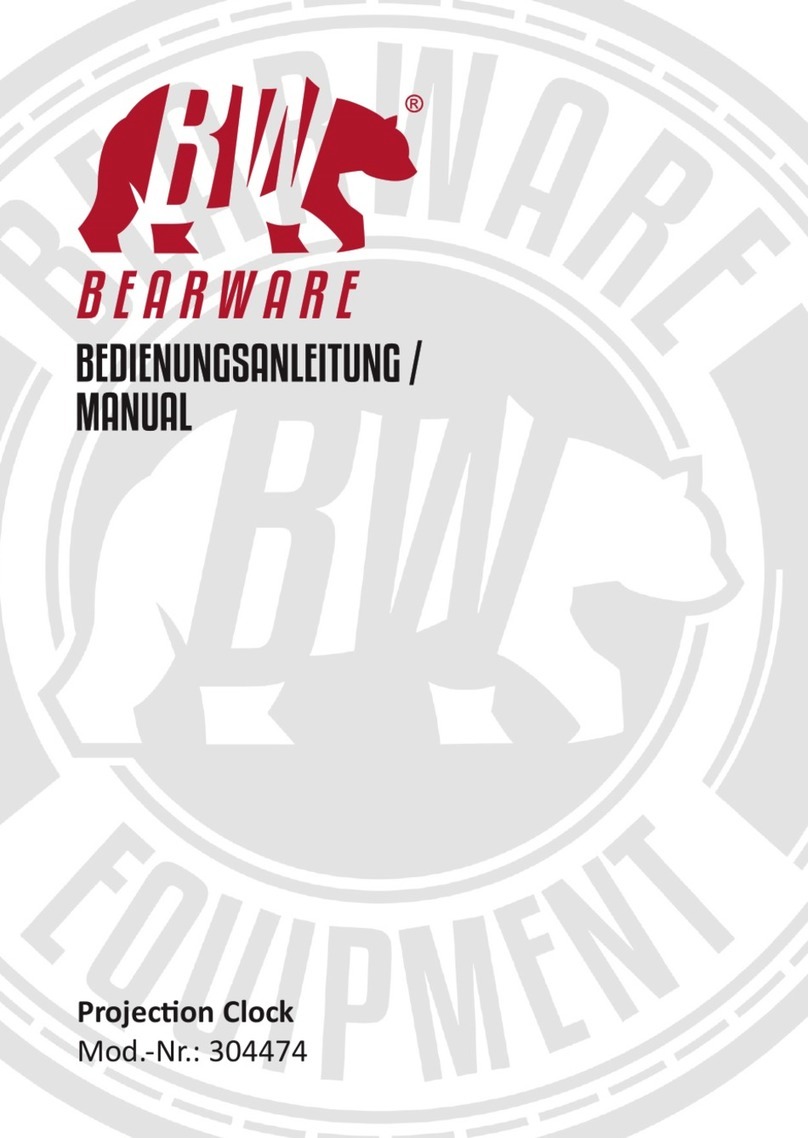
BEARWARE
BEARWARE 304474 manual
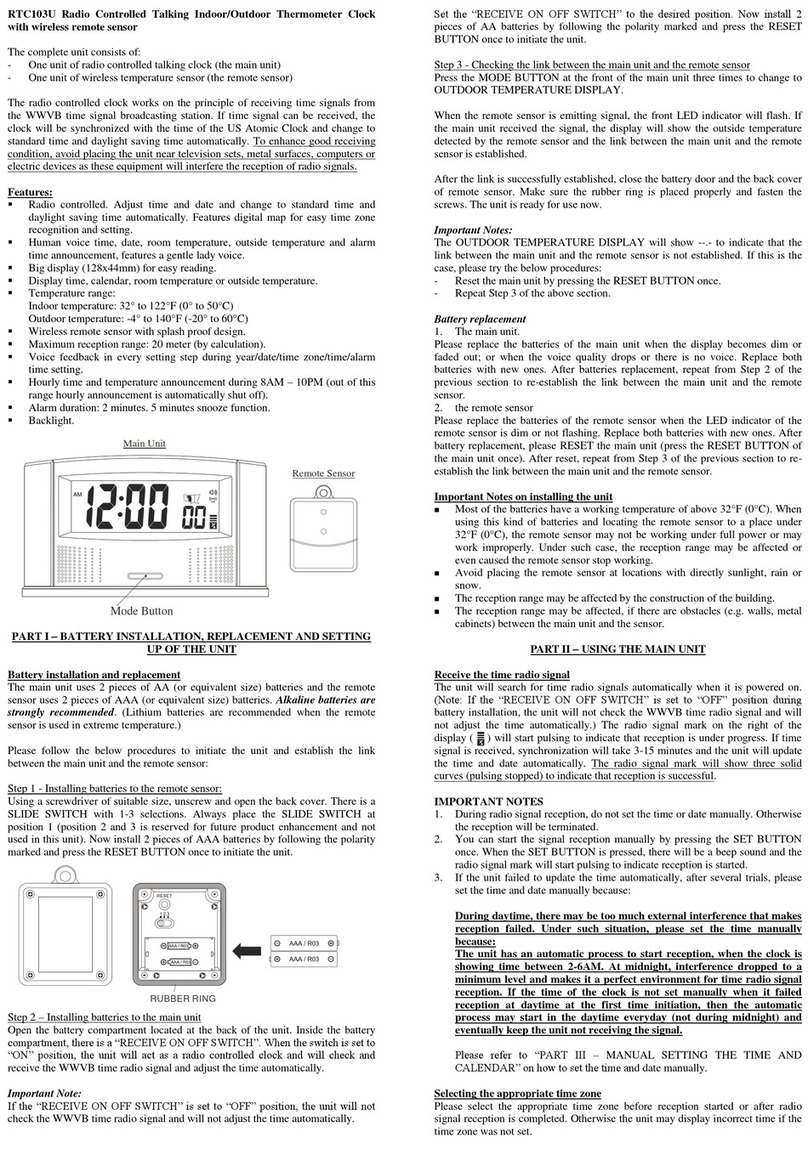
LS & S
LS & S RTC103U instruction manual
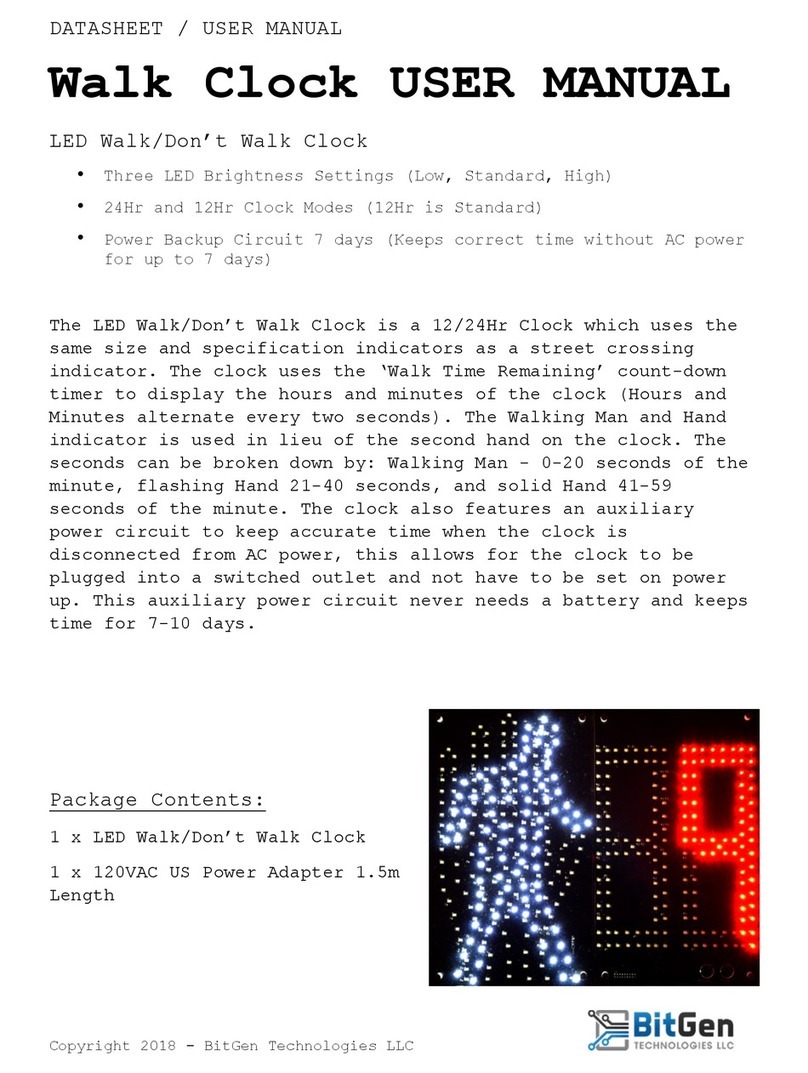
BitGen Technologies
BitGen Technologies LED Walk/Don't Walk Clock user manual
